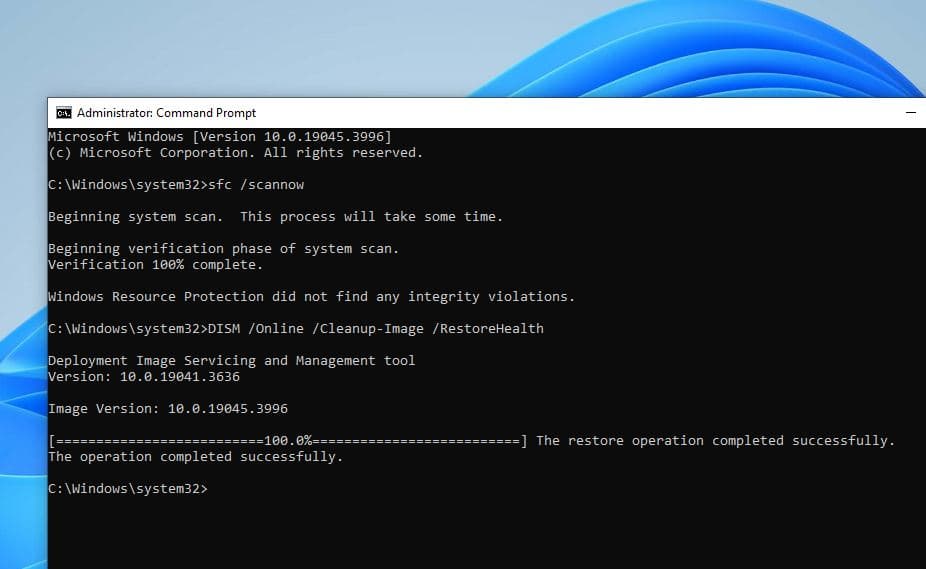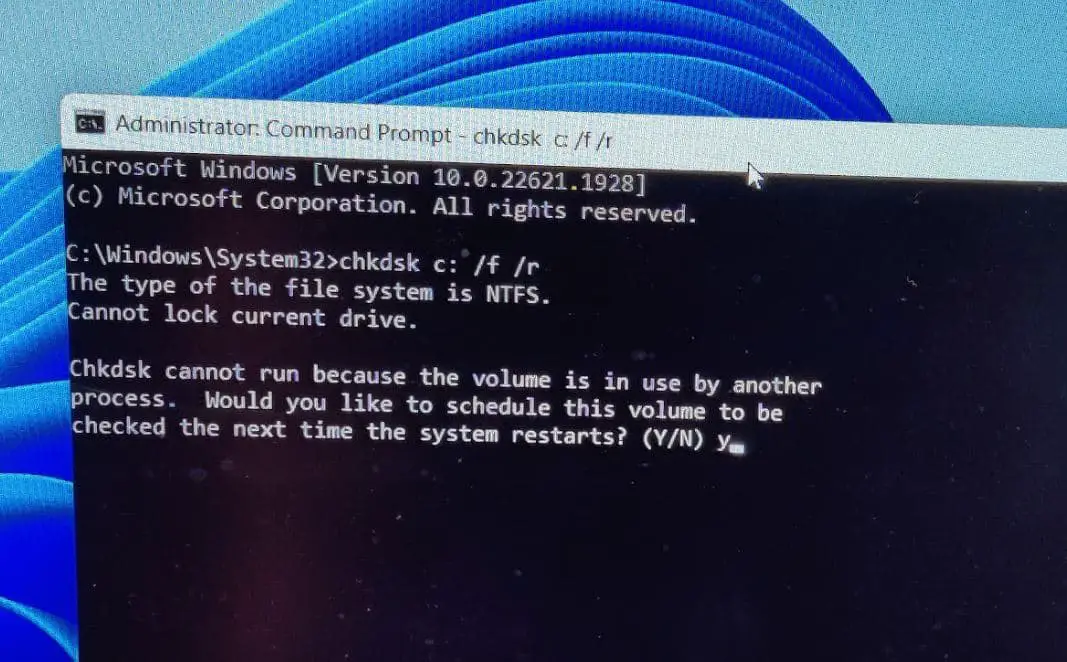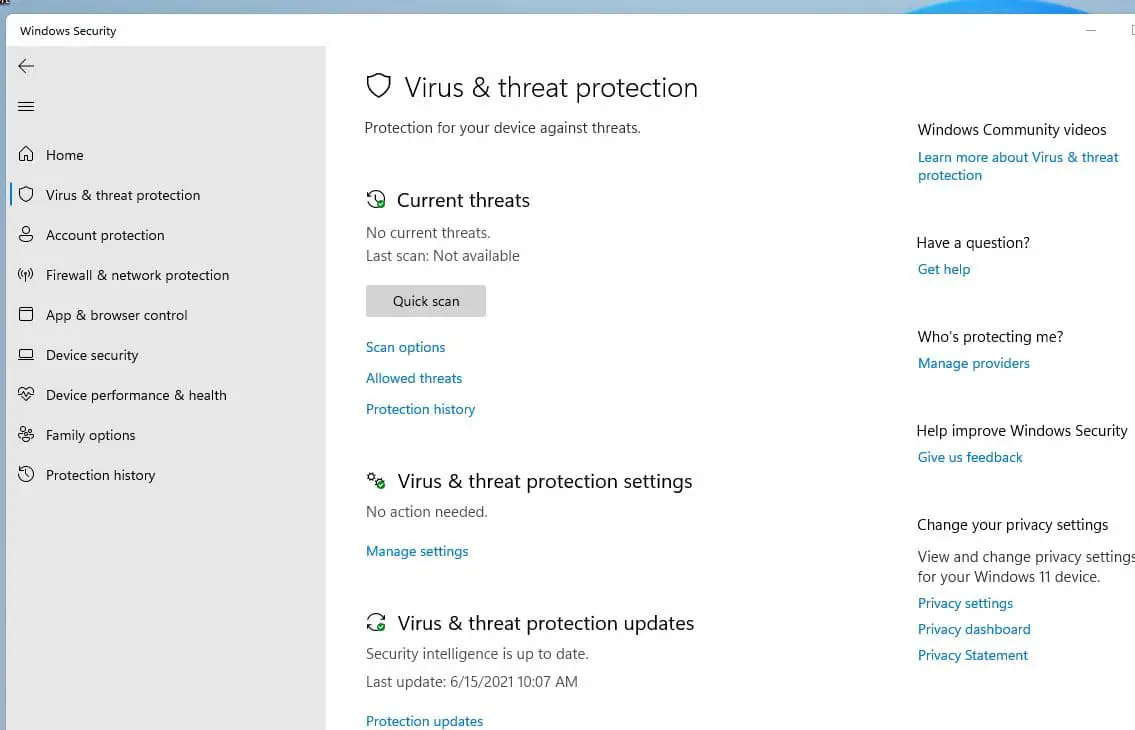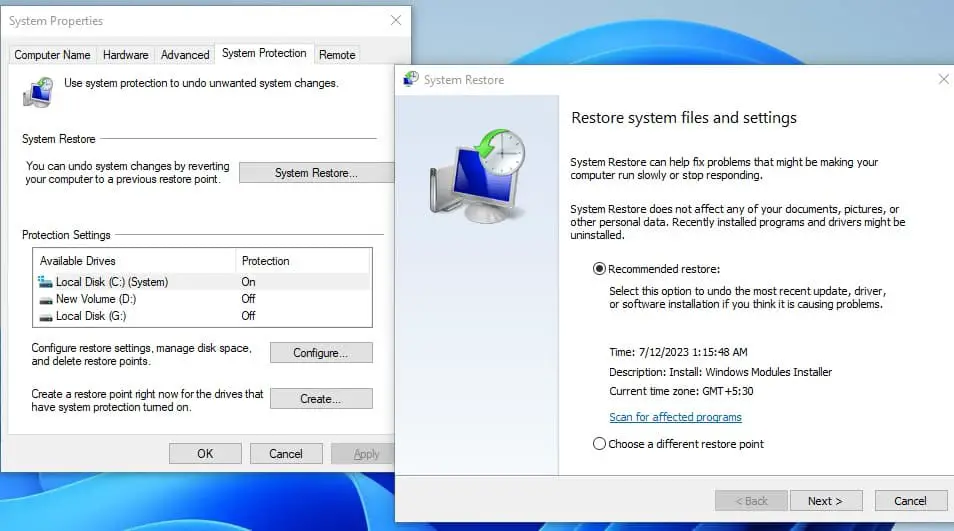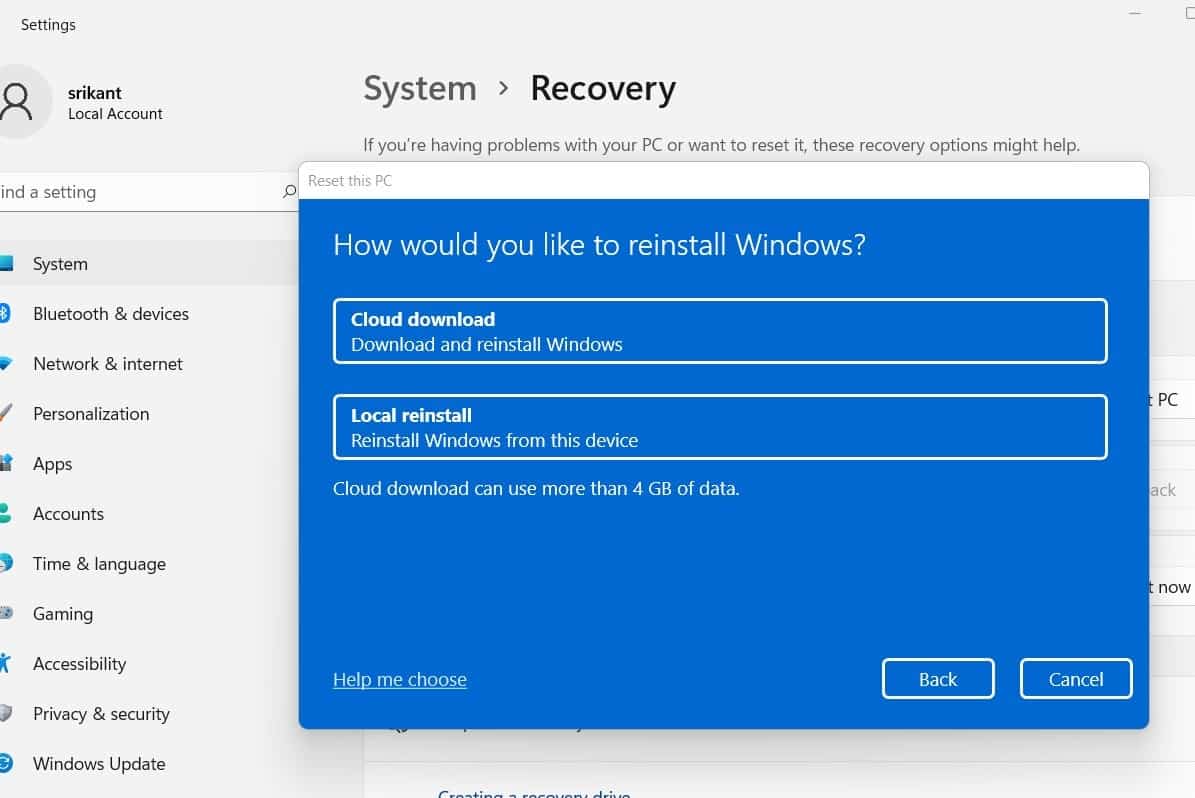Microsoft Windows 11 introduces a host of new features and enhancements to streamline your computing experience. However, like its predecessors, you may also encounter some problems with Windows 11 that can affect your user experience. These problems can include slow performance, system crashes, windows 11 freezes, errors, and more. And usually occurs due to outdated drivers, corrupted files, low disk space, and disk errors. Fortunately, there are some quick and easy ways to resolve common Windows 11 problems in minutes. This article Explorer 8 Easy and Quick Methods that You Can Use to Repair Windows 11 and Optimize Your Device’s Performance
How to Repair Windows 11
But before we get into the solutions, let’s first understand what causes most Windows 11 issues in the first place.
Outdated drivers: Drivers are software components that allow your hardware devices to communicate with your operating system. If your drivers are outdated, incompatible, or corrupted, they can cause various issues with Windows 11, such as poor performance, audio problems, display issues, network errors, and more.
Corrupted files: Files are the basic units of data that make up your operating system, applications, and personal documents. If Windows system files are corrupted, damaged, or missing, they can cause Windows 11 to malfunction or behave unexpectedly. File corruption can occur due to various reasons, such as power outages, malware infections, disk failures, improper shutdowns, and more.
Low disk space: Disk space is the amount of storage available on your hard drive or SSD. If your disk space is low, it can affect the performance and stability of Windows 11. Low disk space can also prevent you from installing updates, downloading new apps, or saving new files.
Disk errors: Disk errors are physical or logical defects on your hard drive or SSD that can cause data loss or corruption. Disk errors can be caused by various factors, such as wear and tear, shocks, vibrations, power surges, bad sectors, and more.
Malware: Malware is malicious software that can harm your computer or compromise your privacy. This includes viruses, worms, trojans, spyware, ransomware, adware, and more. Malware can infect your computer through various means, such as email attachments, downloads, web pages, removable media, and more. Can cause various issues with Windows 11, such as slow performance, pop-ups, redirects, crashes, errors, and more.
Software Compatibility: Some software applications may not be fully compatible with Windows 11, leading to crashes, errors, or performance issues. This can occur with older or unsupported software versions that haven’t been updated to work seamlessly with the new operating system.
Hardware Failures: Physical hardware failures, such as a failing hard drive, defective RAM, or overheating components, can manifest as software-related issues in Windows 11. It’s essential to diagnose and address hardware problems promptly to prevent further damage to the system.
Install Latest Windows Updates
This is the very first thing you should do when you encounter a problem with Windows 11. Microsoft releases regular updates for Windows 11 that can fix bugs, improve security, and enhance features. Also Installing the latest updates can resolve compatibility problems and enhance overall functionality. Just make sure that you regularly check for recent updates to ensure that your device is up-to-date.
To install latest Windows 11 updates:
- Press the Windows key + X and select settings,
- Go to Windows Update then hit Check for updates,
- If new updates are available click on download and install,
Installing these updates can help resolve performance issues, crashes, and other problems that users may encounter.
- In addition tap on advanced options then optional updates, If any driver updates available check mark and click on download and install.
- Wait for it to complete, once done reboot your PC to apply changes.
This comprehensive approach optimizes system performance, stability, and security while enhancing hardware functionality and compatibility with new software and features.
Run Windows Troubleshooters
Windows troubleshooters are built-in tools that are designed to automatically diagnose and fix common problems with various aspects of Windows 11. Windows troubleshooters can help you with issues such as audio problems, network connectivity, windows updates, hardware incompatibility, and other aspects of system functionality.
To run a Windows troubleshooter on Windows 11:
- Press the Windows key + I to open the settings app,
- Go to System then Troubleshoot and click on Other troubleshooters,
- Locate the specific troubleshooter you want to run (such as Playing Audio or Network Adapter), Click on Run, and follow the on-screen instructions.
- Wait for the process to finish and see if it helped in fixing your device problems.
 Repair Windows Files using SFC and DISM
Repair Windows Files using SFC and DISM
Corrupted system files can cause various issues on your Windows 11 system, including crashes and performance degradation. Fortunately, Windows 11 includes built-in tools to scan and repair corrupted files: System File Checker (SFC) and Deployment Image Servicing and Management (DISM).
To use SFC and DISM on Windows 11:
- First open Command Prompt with administrator privileges. Press the Windows key and search for cmd, right-click on the command prompt select run as administrator,
- First run the system file checker command type sfc /scannow to scan and repair any corrupted system files, restoring system stability.
- If the SFC scan finds any problems but unable to fix them Run DISM command type dism /online /cleanup-image /restorehealth
This will perform an advanced scan to repair issues with the underlying Windows system image, which can help SFC fix corrupted files that it can’t repair on its own due to problems with the system image.
Let the scanning complete 100, it may take some time depending on the system corruption level. once done restart your PC to apply changes.
Repairing corrupted files ensures the stability and proper functioning of the Windows operating system.
Run memory diagnostic tool
RAM is the temporary storage that your computer uses to run programs and processes. If your RAM is faulty or contains errors, it can cause various issues especially BSOD error or system crash with Windows 11. The Memory Diagnostic Tool helps identify and address problems with RAM, ensuring that your computer’s memory functions correctly.
To run the memory diagnostic tool on Windows 11:
- Press the Windows key, search memory, and – Select Windows Memory Diagnostic from the search results.
- Click on Restart now and check for problems (recommended).
Wait for your computer to restart and run the memory test. If the test finds any errors, you may need to replace your RAM or contact your manufacturer for support.
By resolving memory-related issues, you can improve overall system performance.
Run the CHKDSK Command
Disk errors can cause data loss or corruption, as well as affect the performance and stability of Windows 11. Running the CHKDSK utility helps scan your disk for errors and repair them.
CHKDSK is a system command that is used for fixing file system errors and resolving any kind of system discrepancies.
To run the CHKDSK command on Windows 11:
- Open Command Prompt as an administrator and type “chkdsk /f /r” followed by the drive letter (e.g., C:) and press Enter.
- Windows will ask to schedule the disk check to run on the next system reboot, type Y and press enterkey.
- Restart your computer, and CHKDSK will scan and repair any disk errors, restoring disk health and system stability.
Addressing disk errors can prevent data corruption, improve disk performance, and prolong the lifespan of your storage hardware.
Check for malware infection
Malware can infect your computer and cause various issues with Windows 11, such as slow performance, pop-ups, redirects, crashes, errors, and more. Removing malware ensures that your computer operates at its full potential. You can use built-in Windows Security (Defender) or third-party antivirus software to scan and remove malware threats from your system.
- Search for Windows security, and select the first result,
- Click on Virus & threat protection, then scan options,
- Select Full Scan and click on Scan Now. Wait for Windows Security to scan your computer for any malware threats.
- If any threats are found, follow the instructions to remove them.
Regularly checking for malware helps detect and remove malicious software, protecting your personal data and preventing potential damage to your system.
Perform a system restore
In case of software conflicts, system crashes, or unexpected issues, performing a System Restore can help recover your system to a point where it was functioning correctly. System restore feature that allows you to roll back your system to a previous state when it was working properly. If you experience problems after as installing updates, drivers, or third-party software perform System restore help.
System Restore can work like wonders to repair Windows 11 or any other version.
- Press the Windows key + S, type “Create a Restore Point” and hit Enter.
- Now switch to the “System Protection” tab, and click on System Restore,
- Select a restore point from the list of available ones. You can also click on Show More Restore Points to see more options.
Note: Choose a restore point that was created before you started experiencing issues with Windows 11.
- Confirm the restore point in the next window and tap on “Finish”.
- Wait for your computer to restart and restore to the selected state.
It’s an effective way to revert to a stable configuration without affecting your personal files.
Reset Windows 11 Default
Resetting Windows 11 provides a fresh start by reinstalling the operating system while retaining your personal files. You can choose to keep your personal files or remove everything during the reset process. If other troubleshooting methods fail, a factory reset can resolve software-related problems and restore the system to its default settings, eliminating potential conflicts.
- Click on the Start button and select Settings.
- Go to System then Recovery, and click the Reset PC option under Recovery options.
- Choose whether you want to keep your personal files or remove everything.
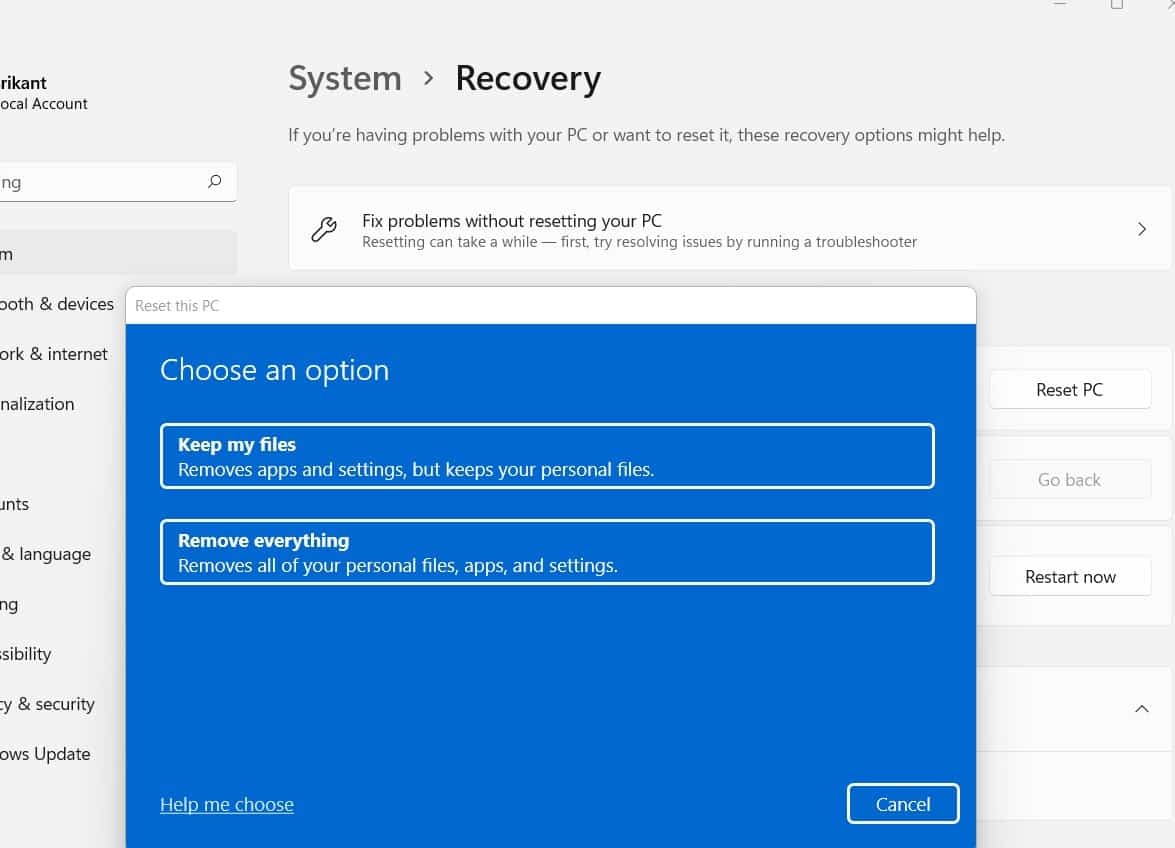
Follow the on-screen instructions listed on the screen to complete the reset process.
This can be beneficial when dealing with persistent issues or when the system has accumulated significant changes over time.
Also read:
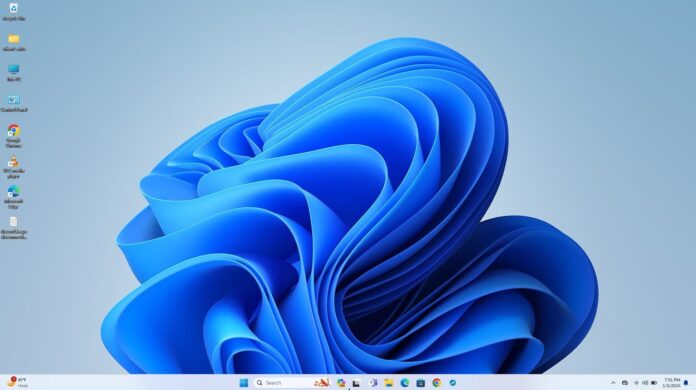
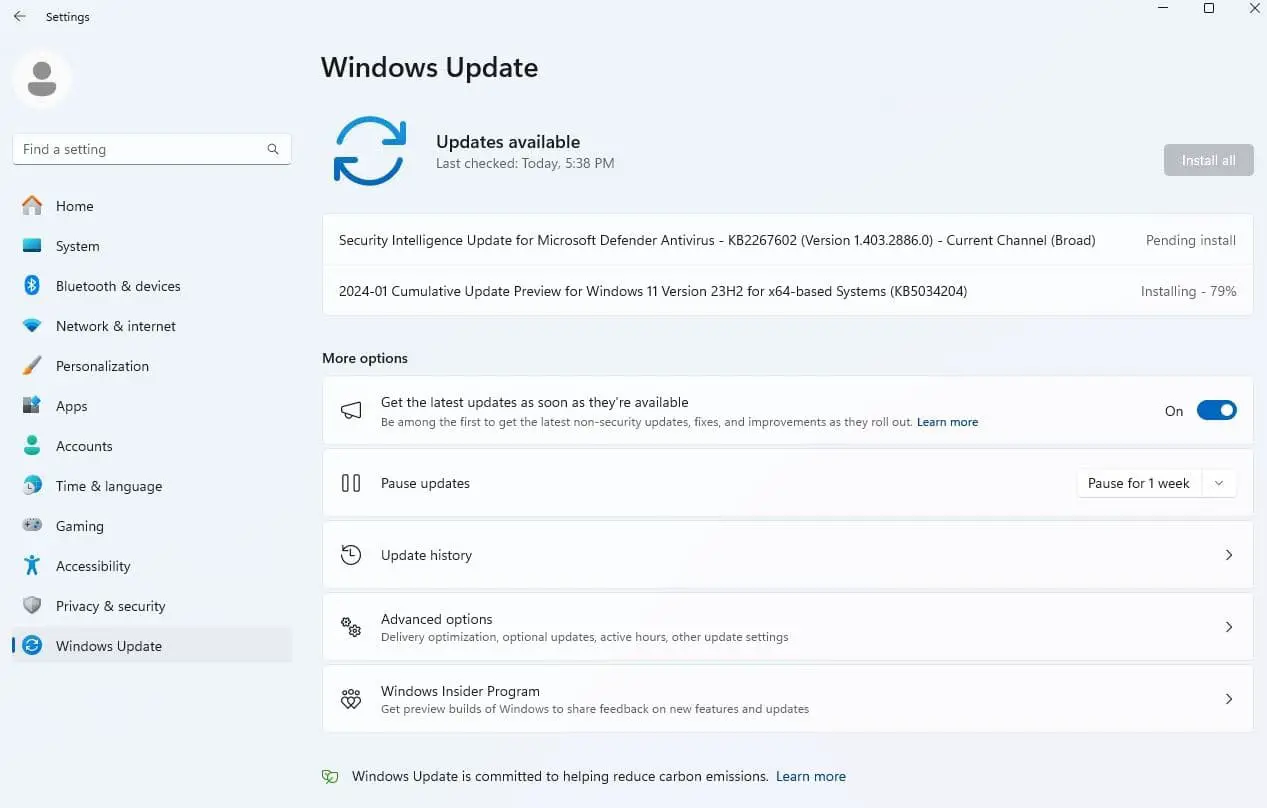
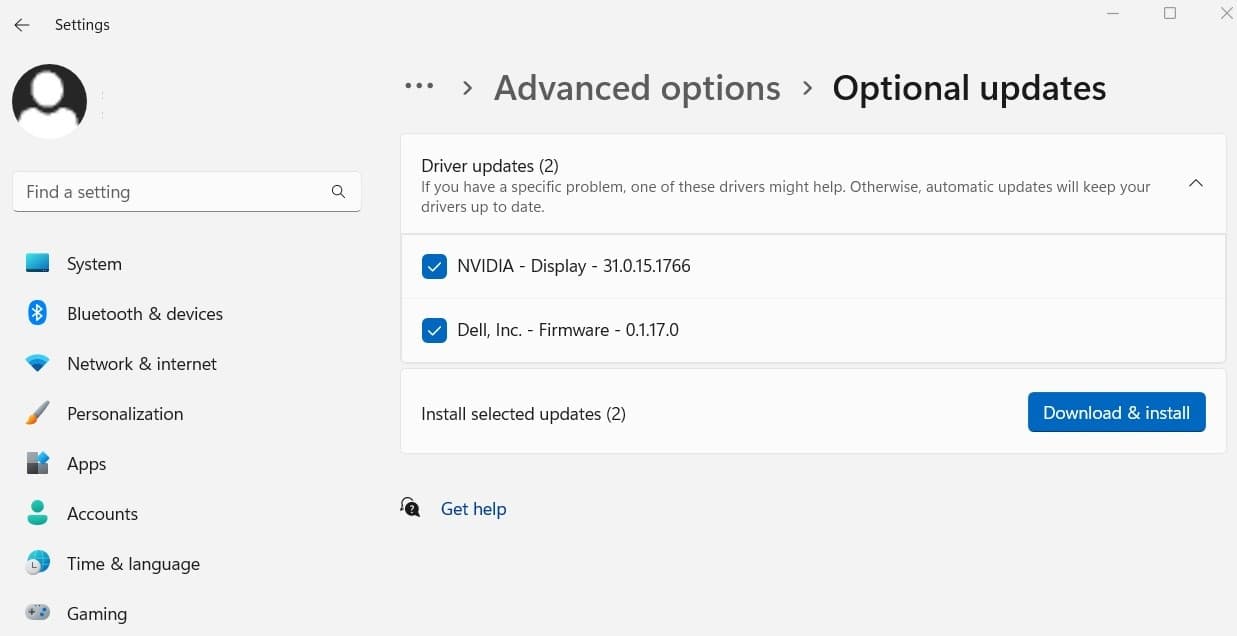
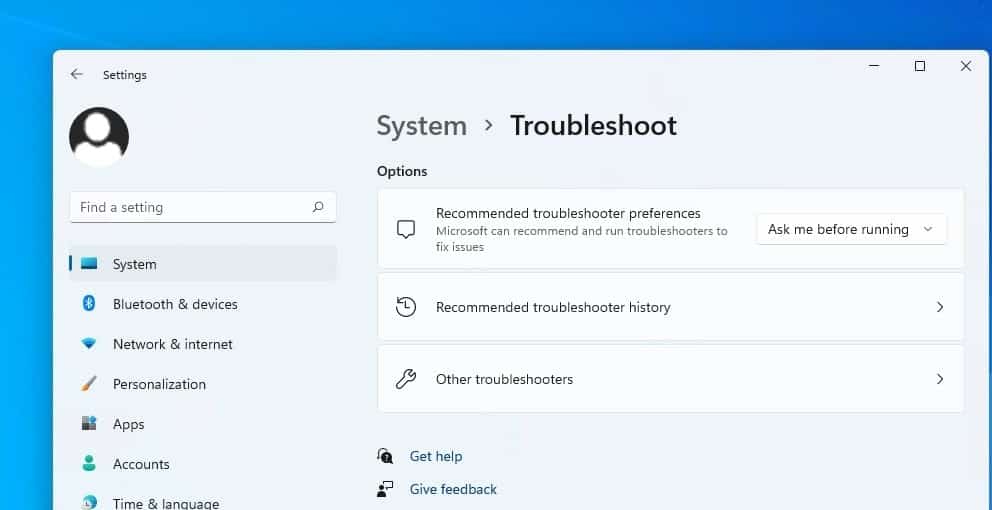
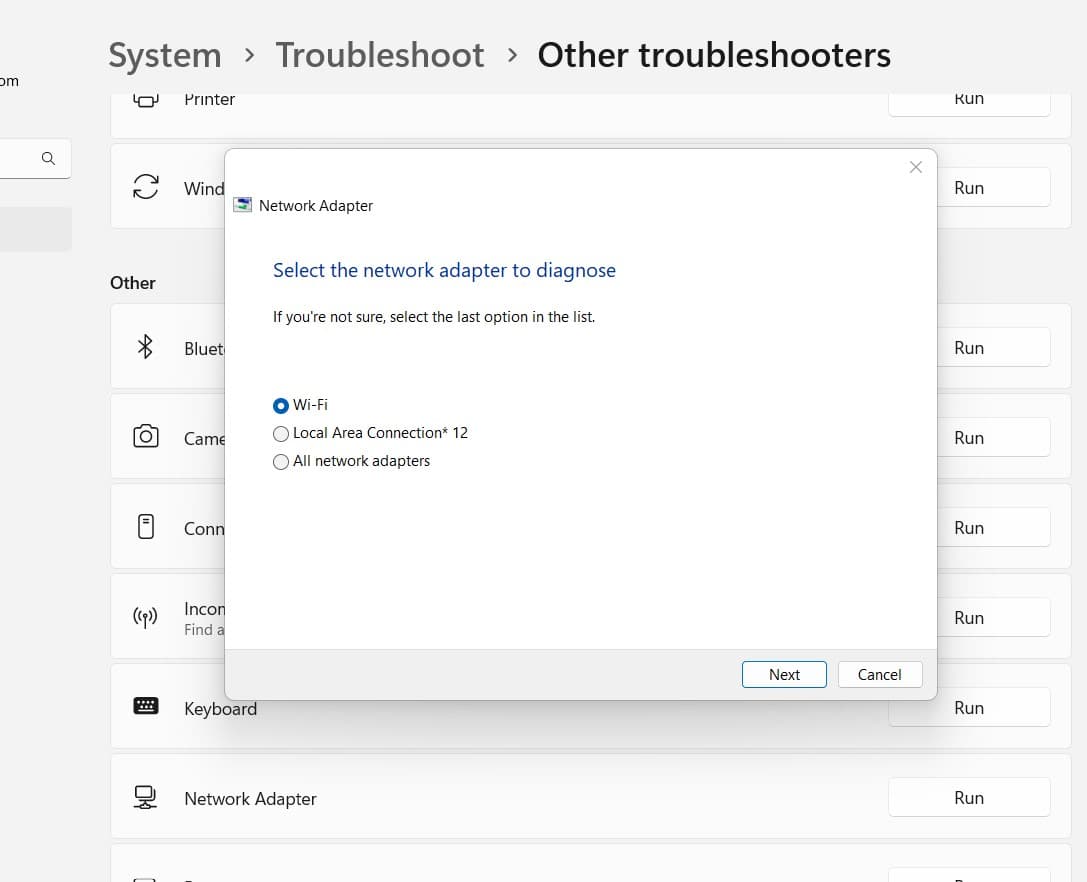 Repair Windows Files using SFC and DISM
Repair Windows Files using SFC and DISM